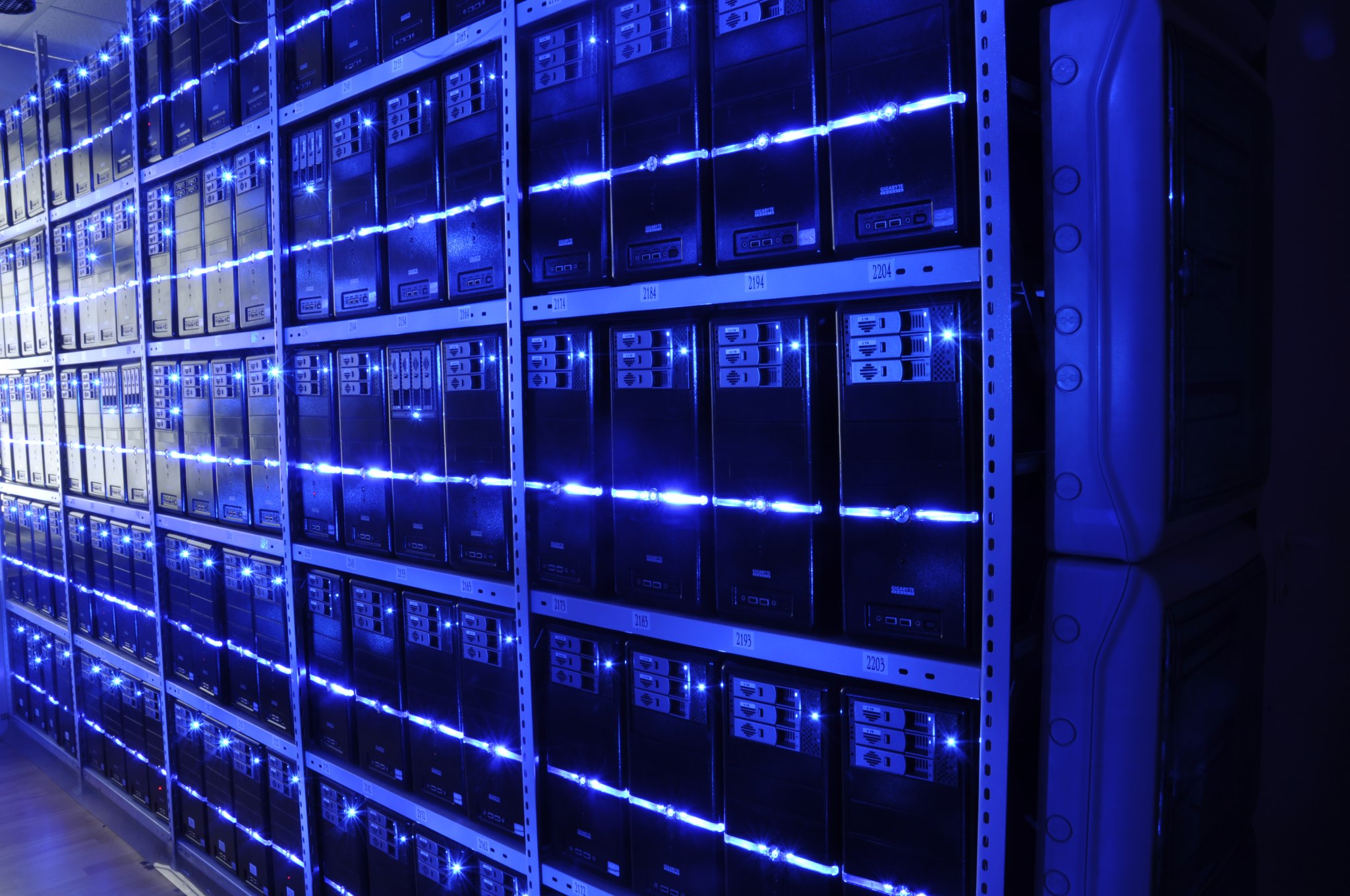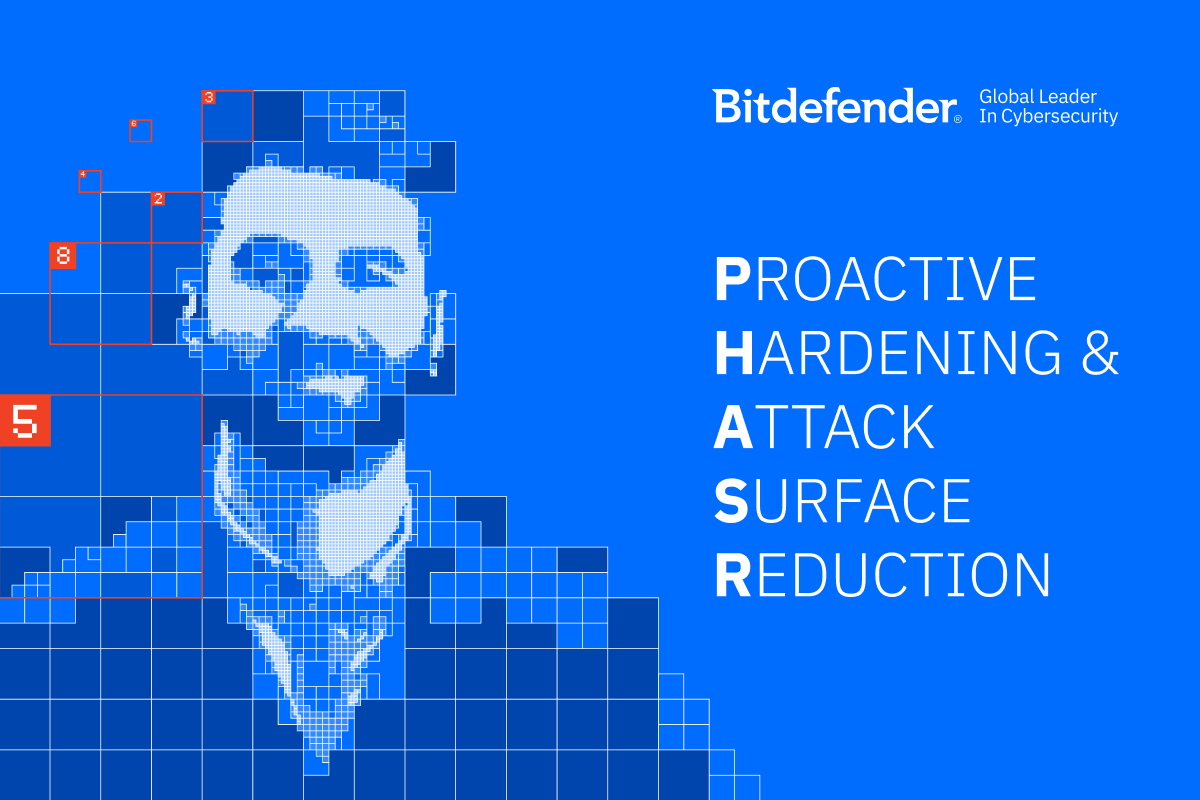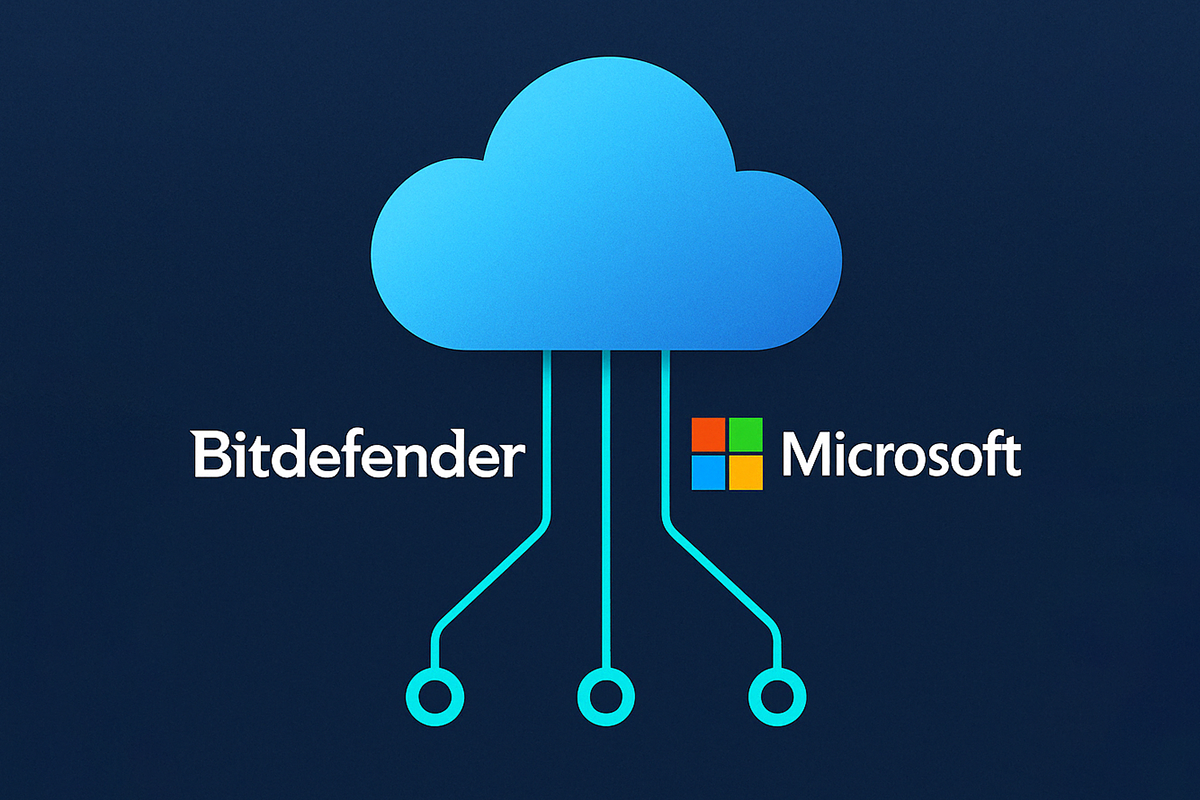Here Come Software-Defined Data Centers - What are the Security Implications?

For many enterprises, the software-defined data canter (SDDC) is the IT infrastructure of the future. And for innovative organizations it’s the data center of the present. Either way, SDDC offers a number of compelling potential benefits compared with traditional data center environments, such as reduced costs and greater agility.
The technology is designed to provide greater speed and flexibility for businesses by allowing IT services to be more quickly provisioned to end users.
In a SDDC, all of the IT infrastructure is virtualized and delivered to users as a service. Management of the data center is fully automated by software, which means configurations of hardware such as servers are maintained via intelligent software systems. By comparison, with traditional data centers the infrastructure is managed through hardware and devices.
Many experts consider SDDC to be the next logical step in the progression of cloud services and virtualization, and it delivers a way to support existing business applications as well as newer cloud-based services such as software-as-a-service (SaaS).
The SDDC market is estimated to grow from $25.61 billion in 2016 to $83.21 billion by 2021, at a compound annual growth rate (CAGR) of 27%, according to market research firm MarketsandMarkets.
Major growth drivers include the rising adoption of advanced data center management software that provides increased security at low cost, increased data center agility and scalability, and central management of data center operations, the report said.
Another report, by Allied Market Research, also provides an optimistic outlook for the market. It forecasts that the global SDDC market will generate revenue of $139 billion by 2022, growing at a CAGR of 32% from 2016 to 2022.
The study, "World Software-Defined Data Centers (SDDC) Market: Opportunities and Forecasts, 2014 - 2022," said exponential growth of big data, increased demand for streamlined and automated data center operations, and cost efficiency has resulted in increased SDDC adoption globally.
SDDC is changing the way enterprises manage their IT infrastructure, and is gaining attention from some of the world's most prominent IT companies, the Allied Market report noted. The ability to facilitate streamlined data center operations, virtualization, and high flexibility is expected to promote its demand across industries. The capabilities of SDDC will foster significant demand from global enterprises that plan to build and deploy hybrid cloud model, the firm said.
As organizations transform their data centers with software-defined technology, they also need to reconsider how they’re securing their IT infrastructures. Research firm Gartner Inc. has suggested that security needs to become software-defined itself.
With software-defined security, the main goal should be to make sure the appropriate controls automatically remain in place, regardless of whether an application resides in the cloud or in an on-premises data center.
Cyber security infrastructure is too static to support the fast-changing needs of digital businesses or provide effective protection in a rapidly changing threat environment, noted Neil McDonald, vice president and distinguished analyst at Gartner. Organizations need to evolve their security programs to support increasingly dynamic and adaptive data centers, he said.
For many enterprises, the first phases of a move to a SDDC will involve building a software-defined network (SDN). The SDN and information security services must integrate and communicate with the network controller, Gartner sais. To enable this, companies should make sure that the next generation of cyber security services explicitly integrate with, communicate with, and understand SDN, the firm said.
“Looking beyond the hype around ‘software-defined,’ enterprises must evolve information security to support increasingly dynamic and adaptive data centers,” MacDonald said. “Even if the enterprise’s virtualized data center doesn’t adopt SDN, changes in security will be needed as applications become more mobile and move to public cloud.”
Looking over the longer term, adaptive security infrastructure will become driven by models defined in software; software-defined security, Gartner said, providing increased protection from emerging threats, and faster support of changing business and regulatory requirements.
Some solutions available today can help organizations strengthen their security posture in SDDC environments. For example, the GravityZone security solution from Bitdefender—which has achieved VMware’s highest level of endorsement and is supported on VMware NSX for production environments—allows organizations using NSX to bolster security by enabling agentless scanning for guest virtual machines (VMs) via NSX guest introspection.
This can help eliminate the overhead induced by running separate instances of the agent in each VM, and provides increased resilience against advanced persistent attacks aimed at the security solution itself. This provides enterprises with a proactive approach for securing their software-defined data centers and network virtualization environments from advanced threats and persistent attacks.
tags
Author

Bogdan Botezatu has spent the past 12 years as Director of Threat Research at Bitdefender. His areas of expertise include malware deobfuscation, detection, removal and prevention. Bogdan is the author of A History of Malware and Botnets 101. Before joining Bitdefender, he worked at one of Romania's largest and oldest universities as network administrator in charge of SecOps and policies.
View all postsRight now Top posts
FOLLOW US ON SOCIAL MEDIA
SUBSCRIBE TO OUR NEWSLETTER
Don’t miss out on exclusive content and exciting announcements!
You might also like
Bookmarks











